Panier
Close
- No products in the cart.
Sous total (Hors frais de livraison)
0,00€
Payer
Expédition et livraison
Réparation et maintenance
Getting started in wingfoil in ideal weather conditions is great! But have you ever tried taking off in light winds? You know, that frustrating feeling of sticking to the surface of the water! Worse, not even being able to stand up on your board! Or simply wanting to take off faster! The solution? Pumping! This technique will help you generate enough speed to finally take off. But also to keep you on schedule.
Learn to master the pumping technique with these tips and tricks, and you’ll probably be able to treat yourself to even more great sessions! Progressing in wingfoil will become even easier!
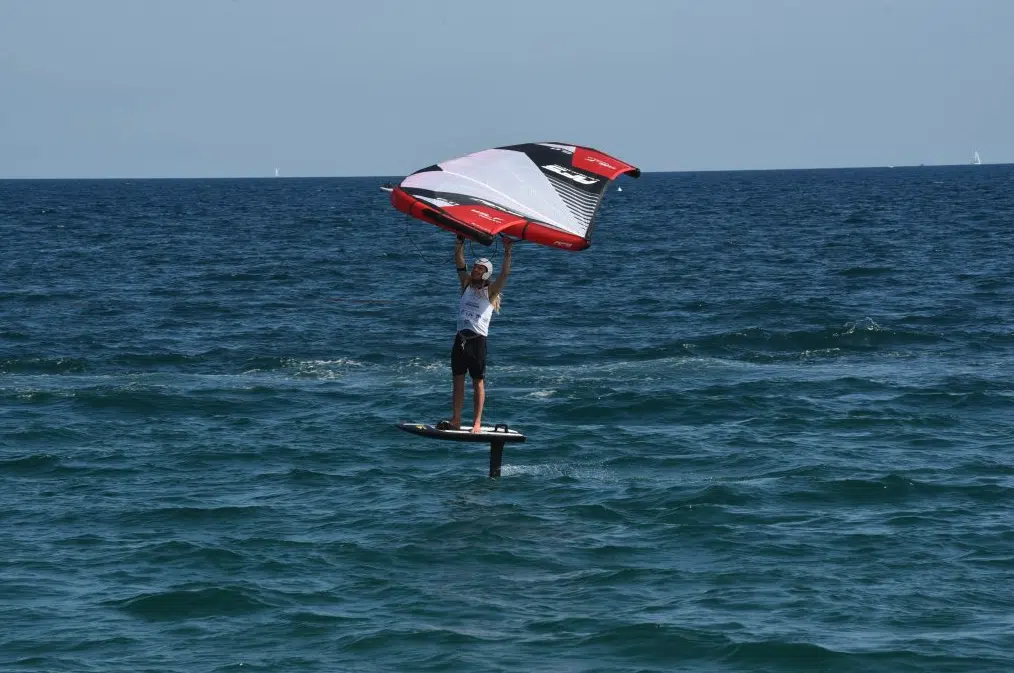
Wingfoil is simply flying above the water, using minimal and very specific equipment: a board, an inflatable wing and a foil. There’s no need for masts as in windsurfing, or lines as in kitesurfing. It’s a lot simpler, and the progression is fairly rapid.
In a few words, how does wing foil work?
The inflatable wing: the engine. Also known as the wing, it generates speed to capture the wind and create propulsion. The stronger the wind, the easier it is to fly.
The foil: a kind of underwater wing, similar to a boat keel (or daggerboard). The foil enables the board to rise above the water once a certain speed has been reached: this is called the waterstart. Once part of the foil is lifted out of the water, friction is reduced, allowing the board to glide smoothly and quickly at around 40 cm above the water’s surface.
The board: serves as a support and ensures the rider’s stability.
Wingfoil is first and foremost a unique feeling of freedom. It’s like escaping for the duration of a session, thanks to the elements that Mother Nature gives us. We glide over the water, carried by the wind, with a sensation of lightness… Without noise. And this sliding sport is accessible to all, even if you have no experience of any particular water activity. However, certain conditions occasionally mean that you have to pump to get out and fly.
Sailing in light winds requires the right equipment to optimize performance. This type of wind is defined as one that does not exceed around 15 knots. Certainly, on the spots in the south of France, the Mistral and Tramontane blow hard and quite often (much less so in summer). As for the Atlantic coast, the wind is present, but doesn’t necessarily blow as frequently in excess of 30 knots (except in stormy weather). What about lakes and ponds? The wind is fairly irregular and very light, not always reaching 15 or 20 knots – the ideal wind range for wing foiling without pumping.
That’s why getting the right wing equipment for fickle winds can come in handy on many spots.
The board: opt for a light, long and wide board (not too wide either), with plenty of volume: at least 30 liters more than your body weight. This will enable you to glide more easily in light winds. For experienced riders, there’s the SUP foil and/or downwind board, which is long and narrow. But if you’re just starting out, it’s best to choose a more accessible board, offering optimum comfort. Flying is great, but before you can do it, you need to know how to sit and stand on the board.
Foil type: choose a foil with a large front wing area (between 1200 and 1800 cm² depending on the rider’s size and level) to generate lift at low speeds. A short-span foil may also be of interest to beginners and intermediate riders, as it allows for efficient pumping.
The wing: choose the wing with the largest size so that it can take the maximum amount of wind. Below 4 m², the machine will be very difficult to start up, even for a featherweight.
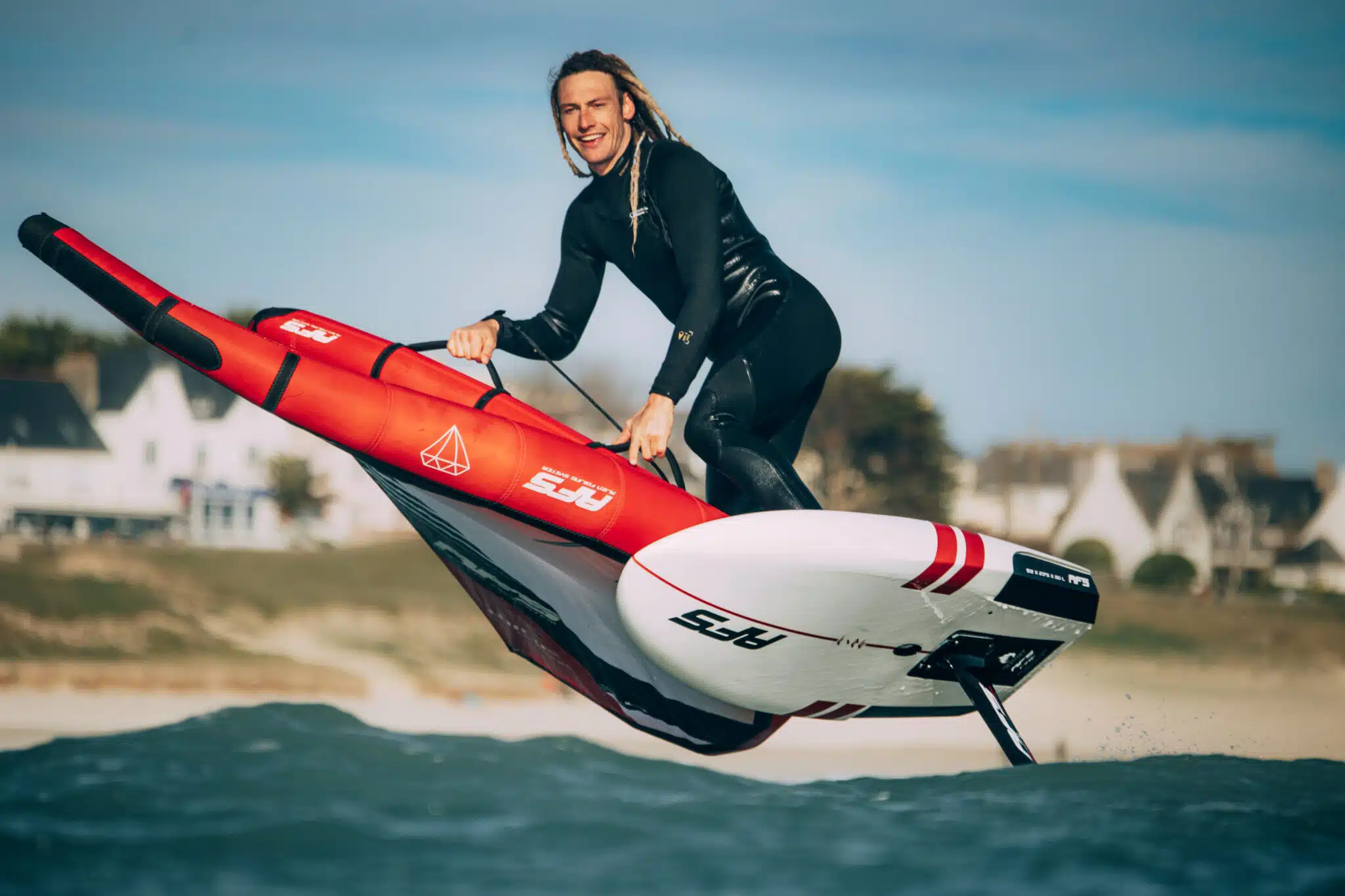
Learning to pump will help you both to take off and to maintain a constant speed during certain sessions. It’s our ally in light or irregular wind conditions. It consists in tilting your body to generate speed and get the foil off the ground. By using your body’s energy, in particular your shoulders, pelvis, arms and legs, you create propulsion.
With little wind, from 12 knots upwards, you can fly wingfoil. Except that sometimes the wind can be disturbed during a wingfoil session. Varying from 12 to 25 knots, which is hair-raising, and you end up rowing in the middle of the water. Which is why, once again, it’s so important to know how to pummel a wingfoil.
Still kneeling on your float, start by making large, fluid (but not brutal) movements with your arms and shoulders. Like semi-circles, from front to back. Without your wing tips touching the water. As soon as you’ve got a tiny bit of speed, stand up and bend your knees, lowering your center of gravity. Then, pushing on your legs with your feet wide apart (your supports), rock your body back and forth, as if you were trying to push the foil into the water. It’s mainly your back foot that pushes on the float. Finally, pull on the kite with both hands and move your arms forward to make the same semicircles as at the start, each time with a quick tug. Repeat these movements rhythmically, without stopping. Move your arms and legs simultaneously and quickly. Continue to pummel (pump) when you’re airborne and start to glide, to maintain flight for a few more seconds, before becoming stable on the board.
On the other hand, it’s possible that you’ll encounter calms while sailing. In other words, places on the water where the wind dies down considerably. In this case, you can use pumping to get through this air gap and maintain the speed of your wing equipment. With arms and legs.
Don’t force your arms; it’s mainly your body that should generate the power. Avoid arching your back too much or being too upright, as this can throw your board off balance and cause you to fall. It would be a shame to have to start all over again!
Watch professional videos and tutorials to get inspired and help you master the different techniques of wingfoil pumping.
Don’t hesitate to ask a surf shop for advice on choosing the right equipment for your level and the conditions you’re likely to encounter.
Wingfoil courses are an excellent way to progress quickly and safely. Many sailing schools in France and around the world offer wingfoil courses.
Train regularly to refine your technique.
Pumping is a movement that requires coordination and practice… And cardio! By mastering this technique, you’ll be able to sail a wingfoil in very light winds, and avoid having to swim back if the wind drops.

Click & Collect
Secure payment in 3 or 4 instalments
Advice from enthusiasts
Satisfied or your money back
2 to 3 years warranty
Worldwide delivery
Votre emplacement actuel et les langues disponibles
Your current location and available languages
Build your complete foil equipment according to your practice and objectives.
Answer a few quick questions and get a suggestion.
Compare up to three stabilizers side by side.
Coming soon...
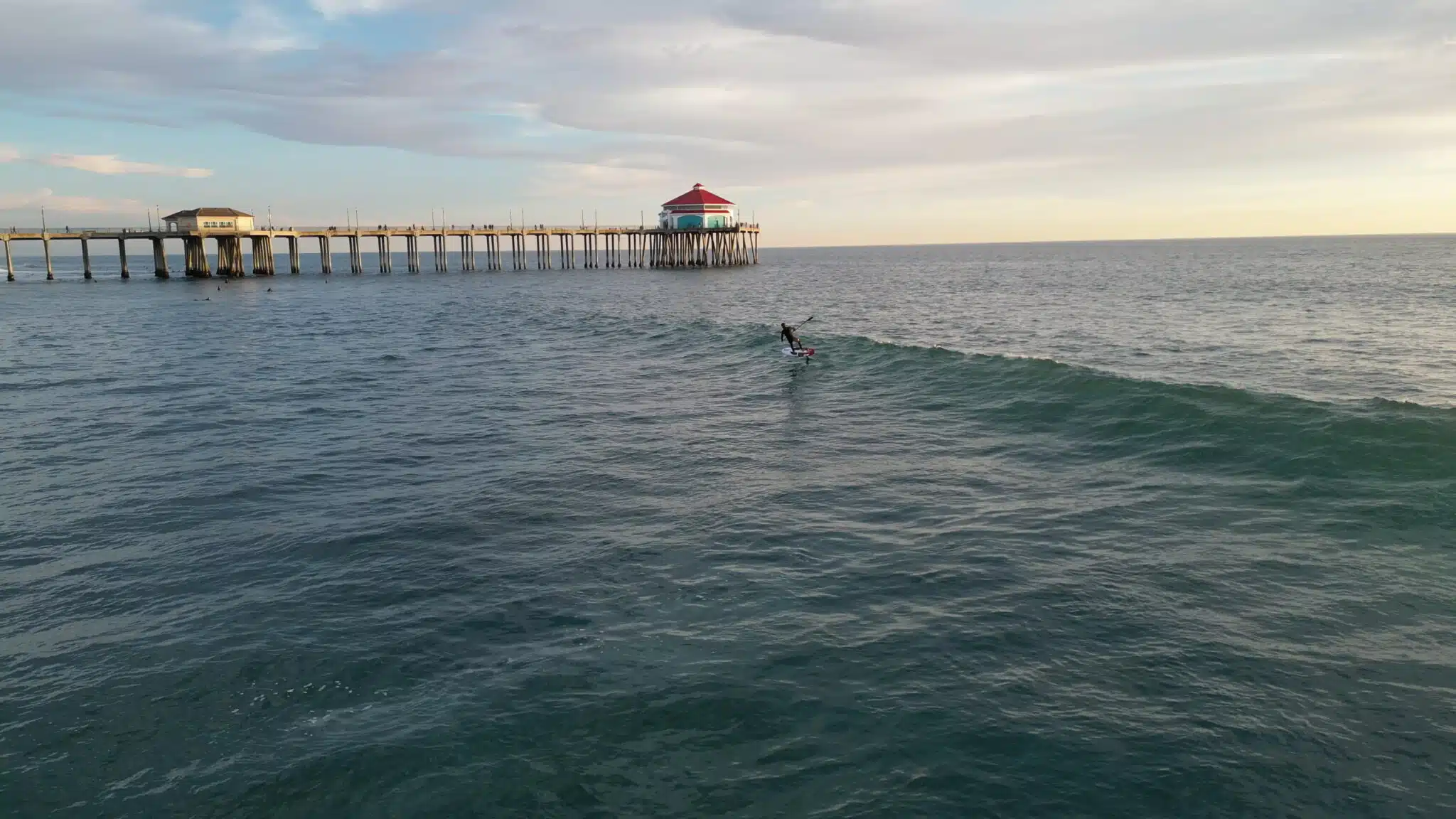


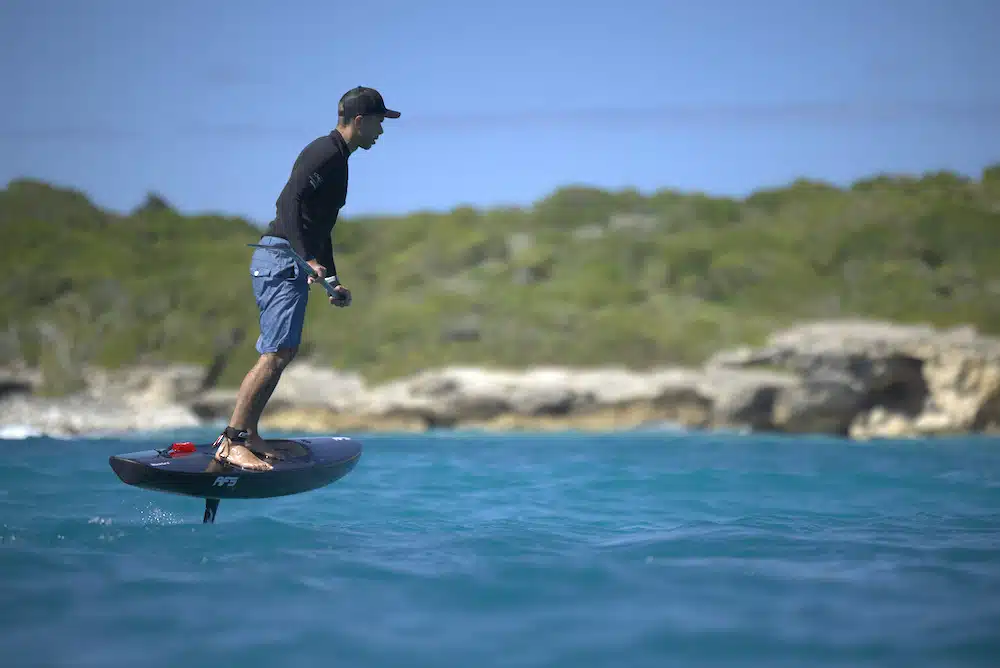
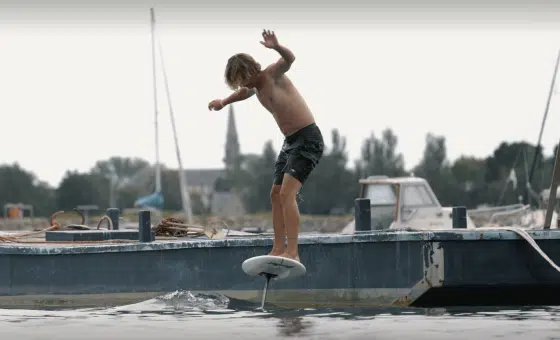
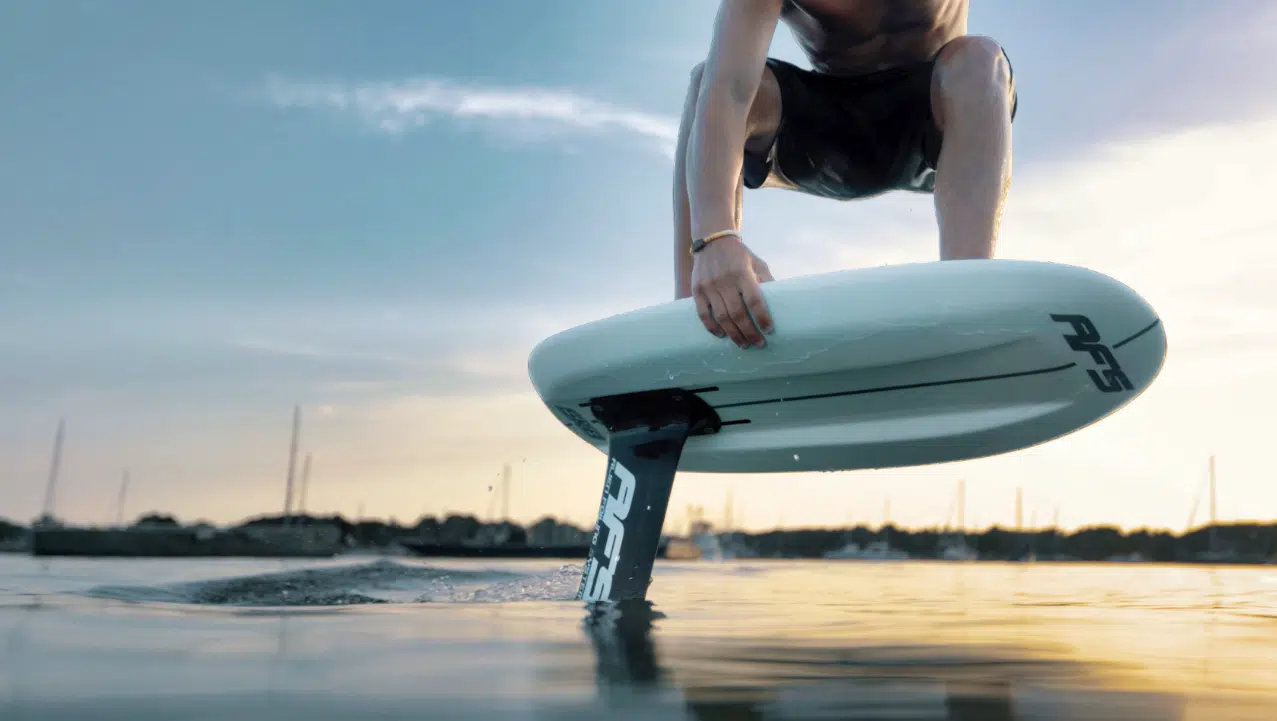
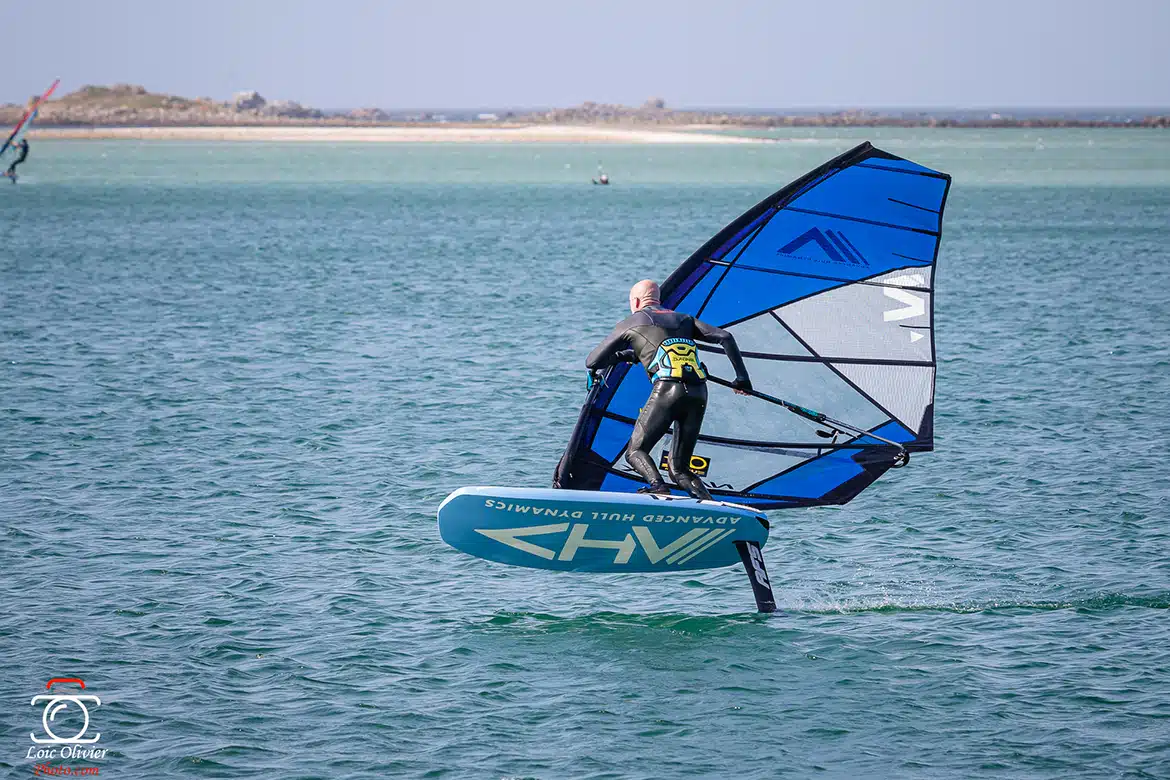
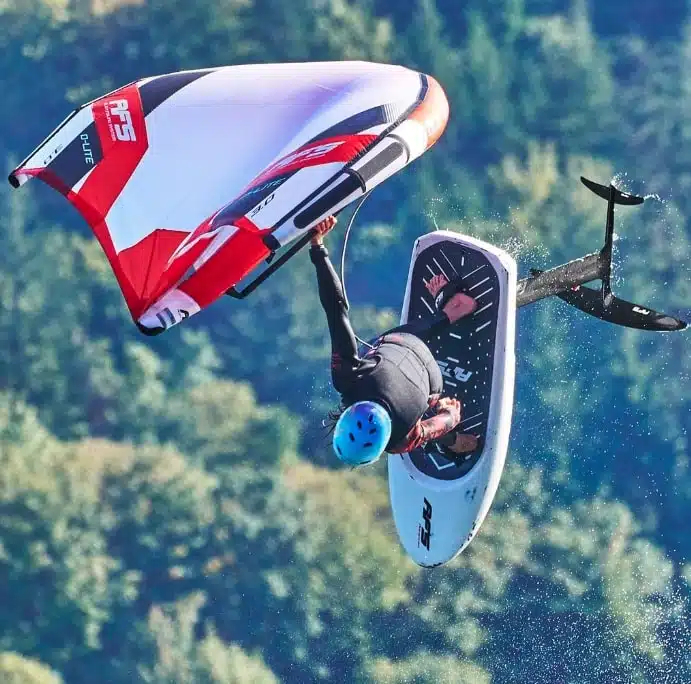
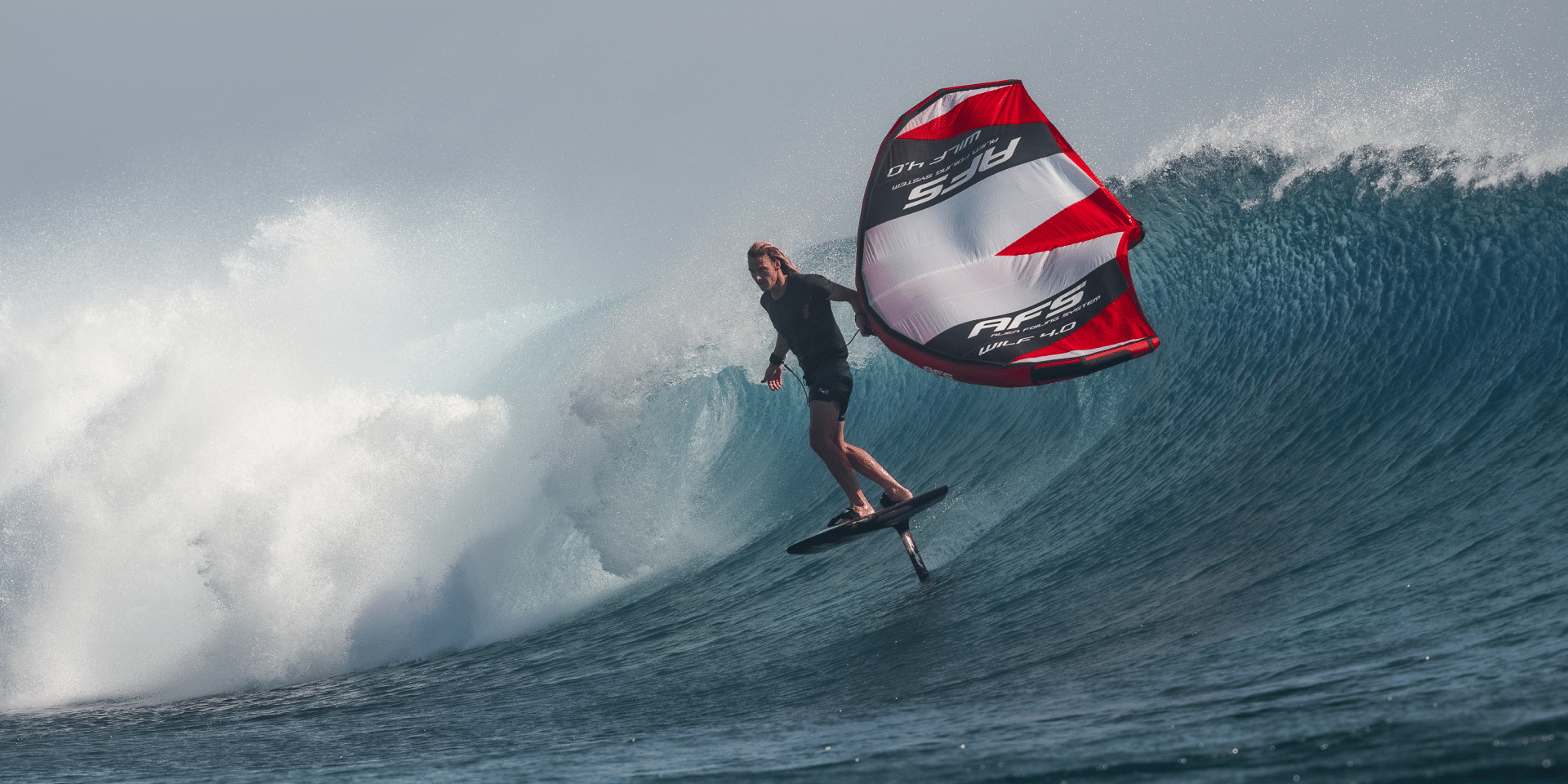
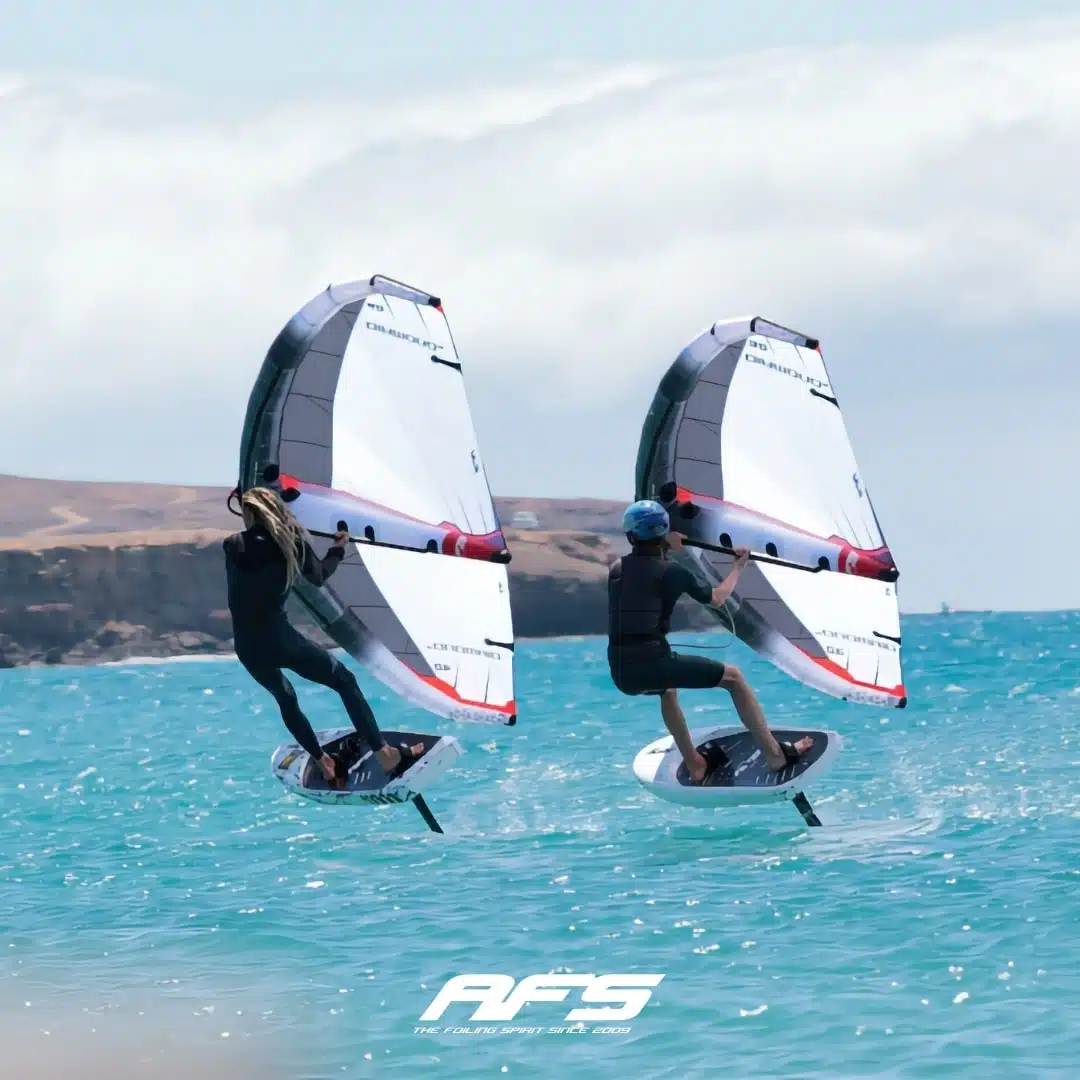
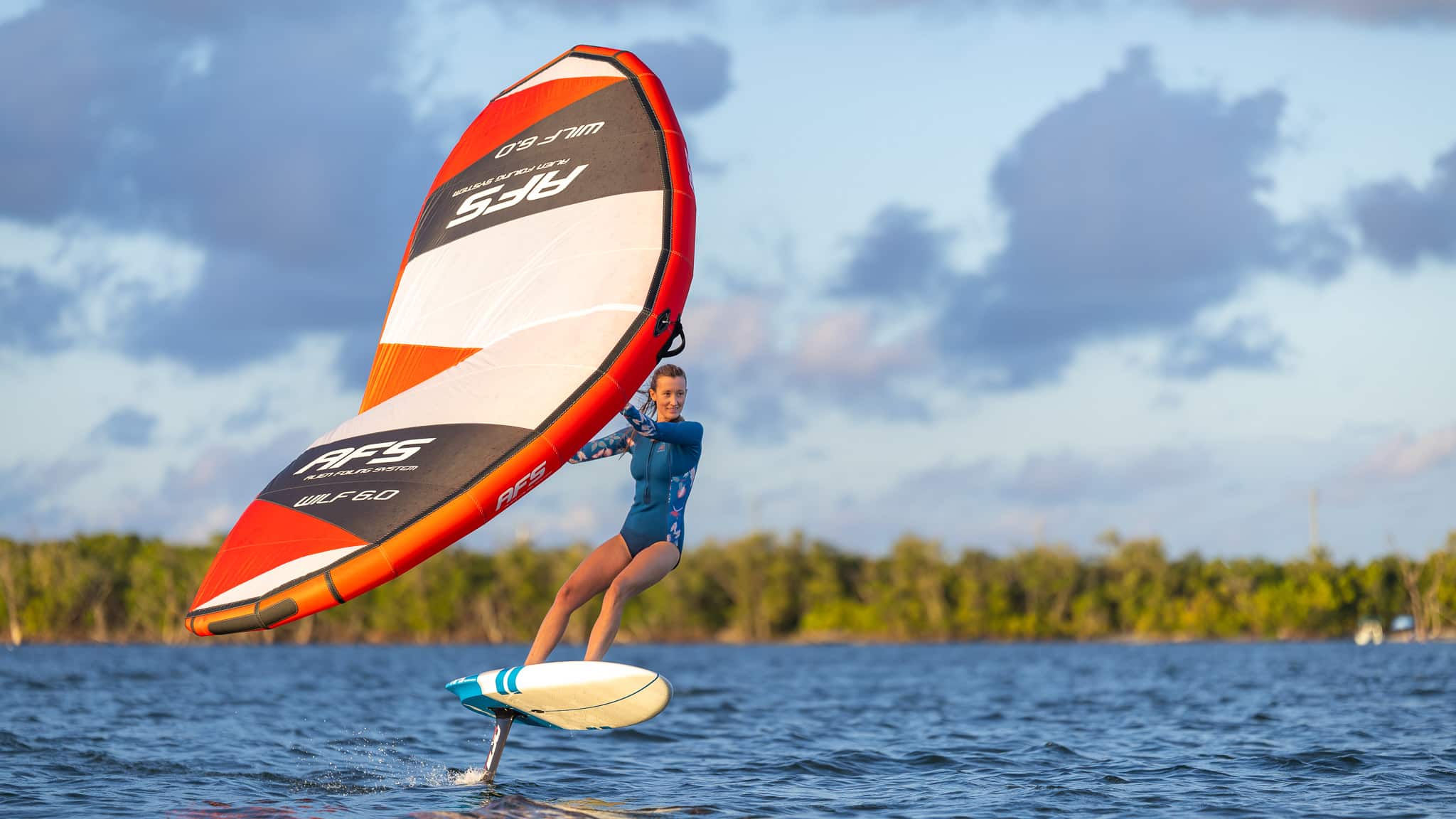

You will receive a product in excellent condition, with a few minor scratches from use.
Your product may have a few minor scratches or visual defects, but it's ready to take to the water again!
Despite deeper scratches or more pronounced visual defects, your product can take to the sea without hesitation: at this price, it's a shame to miss out!